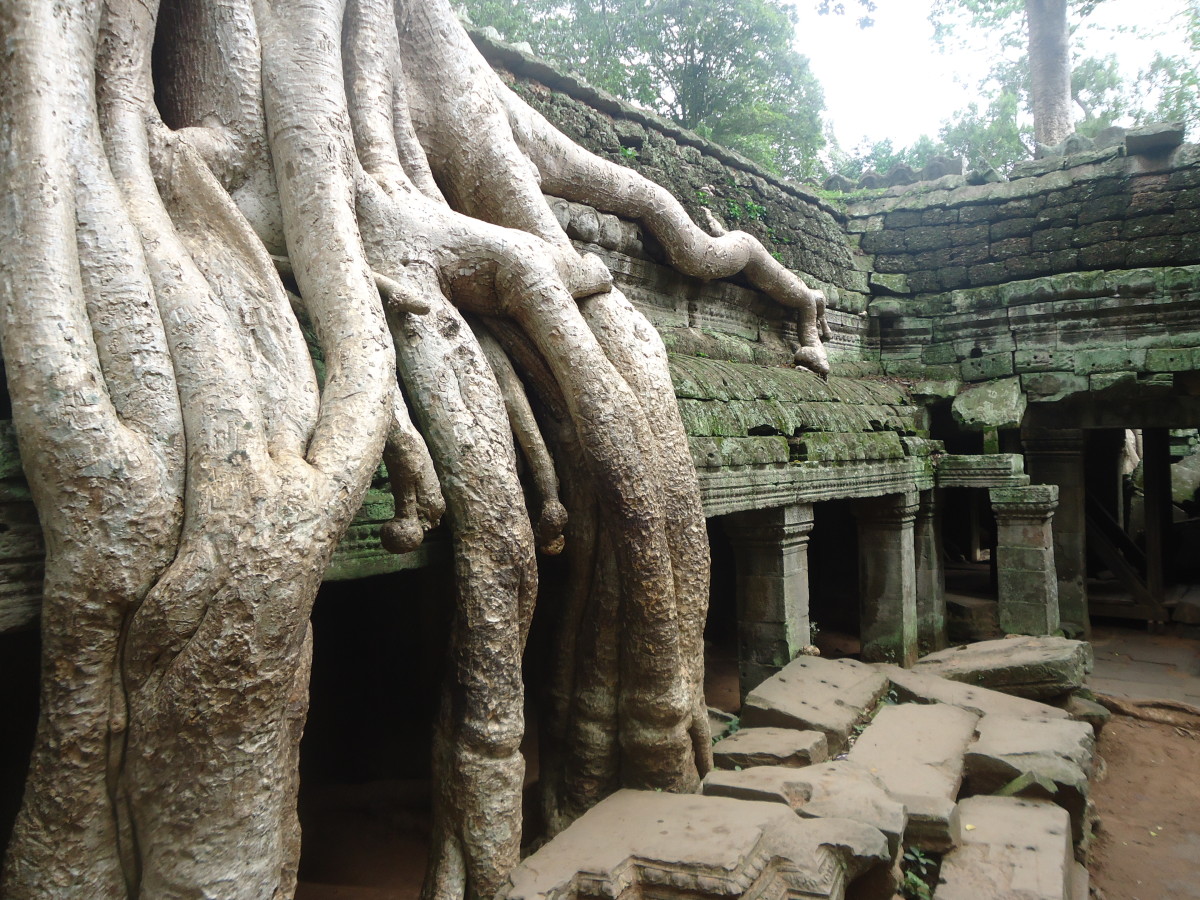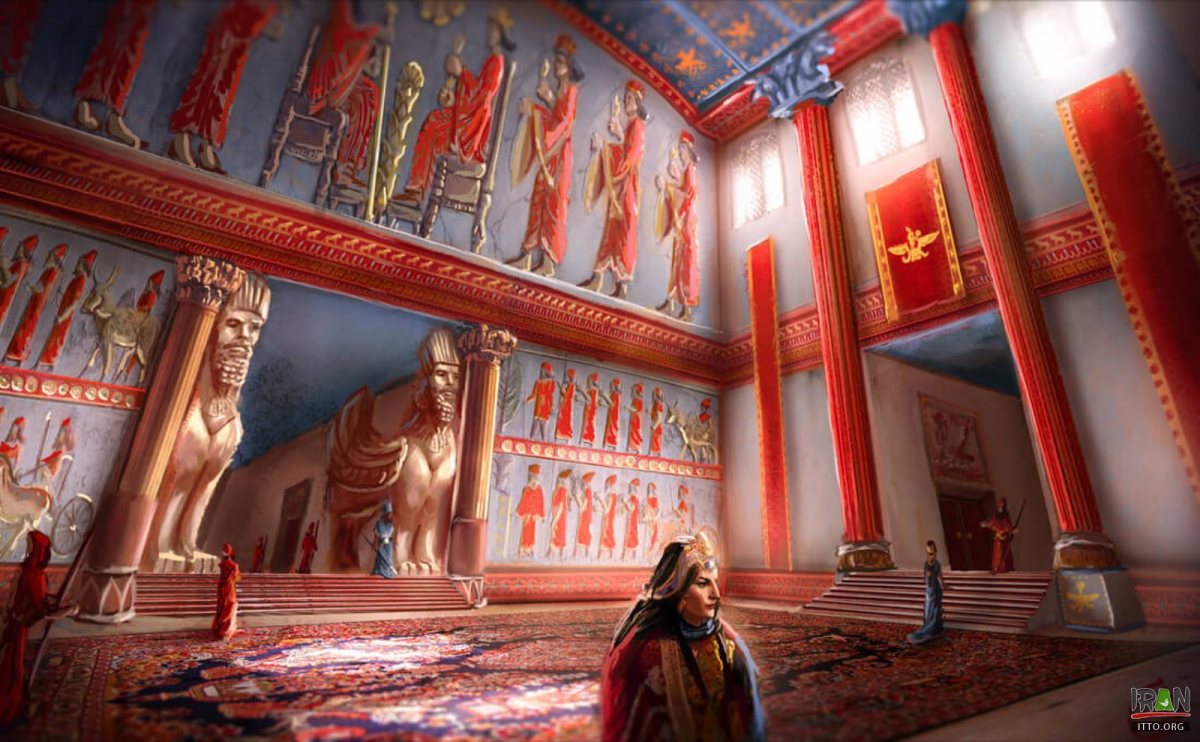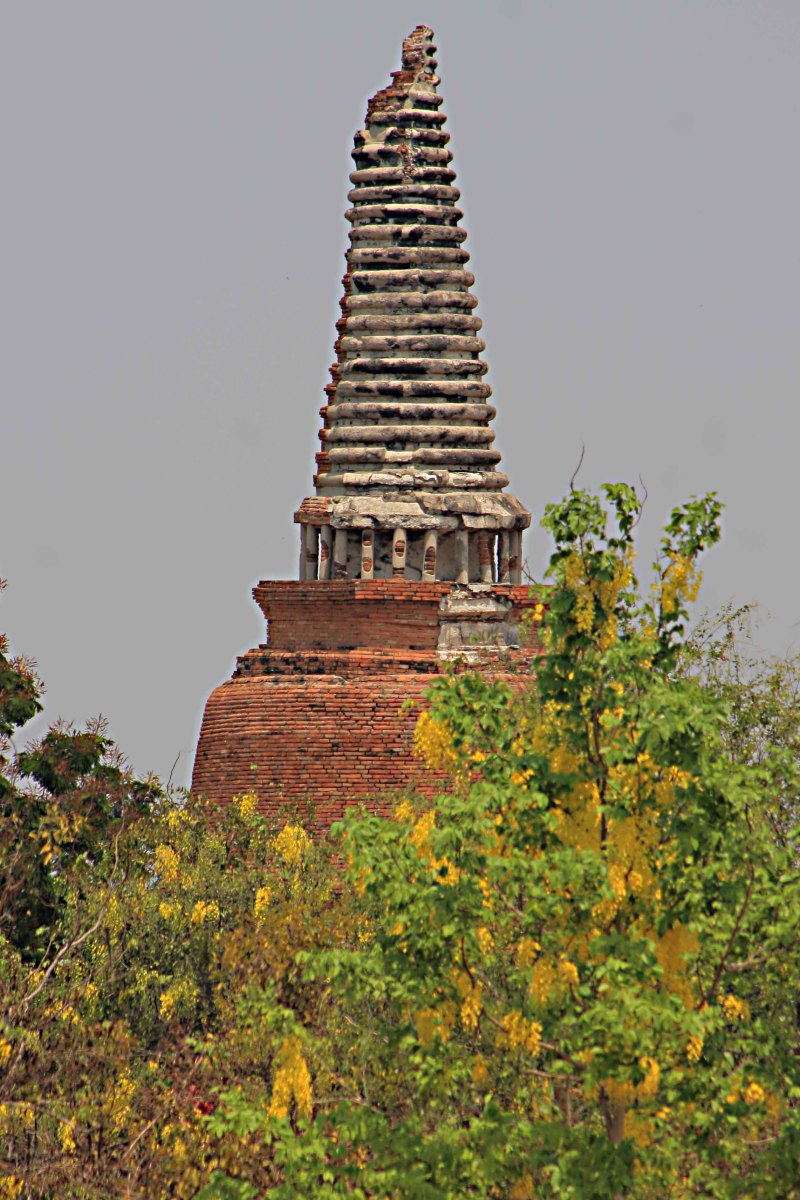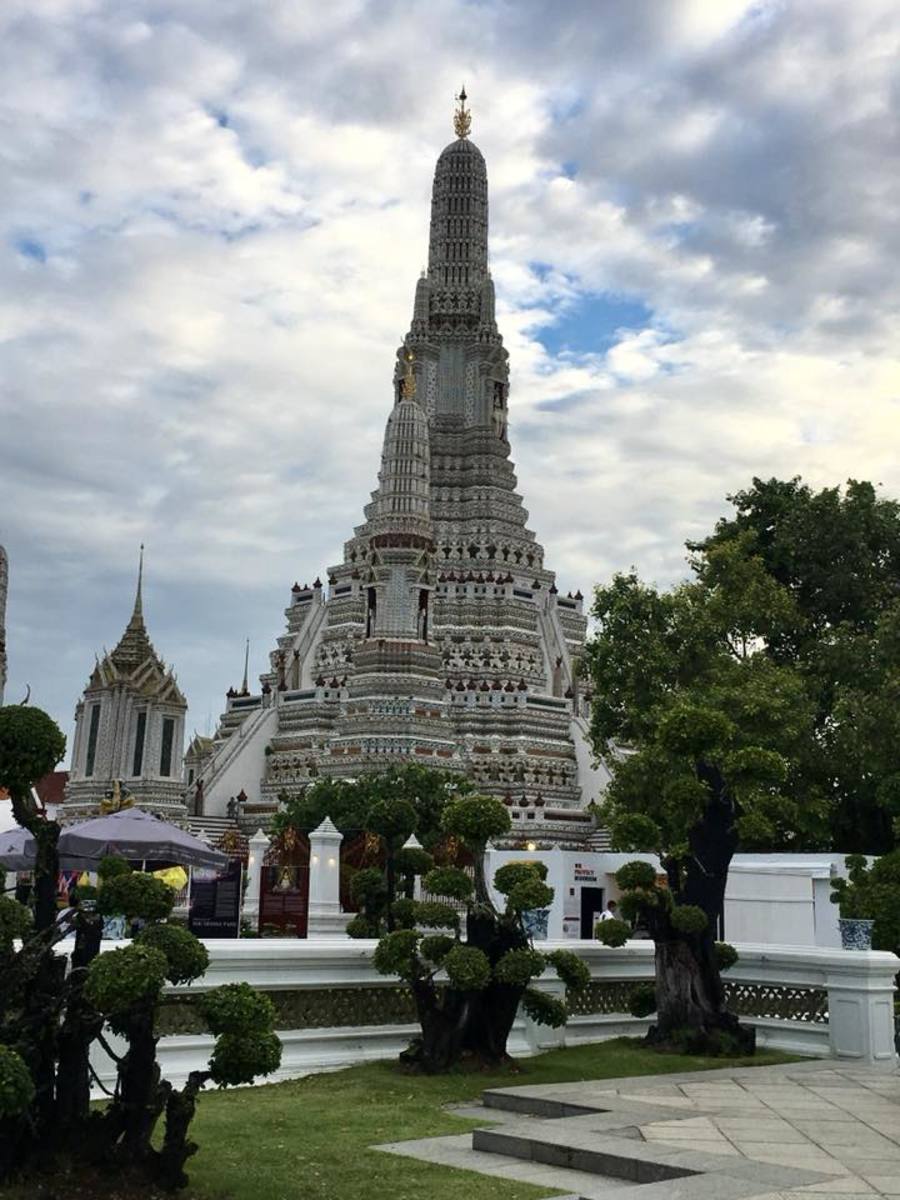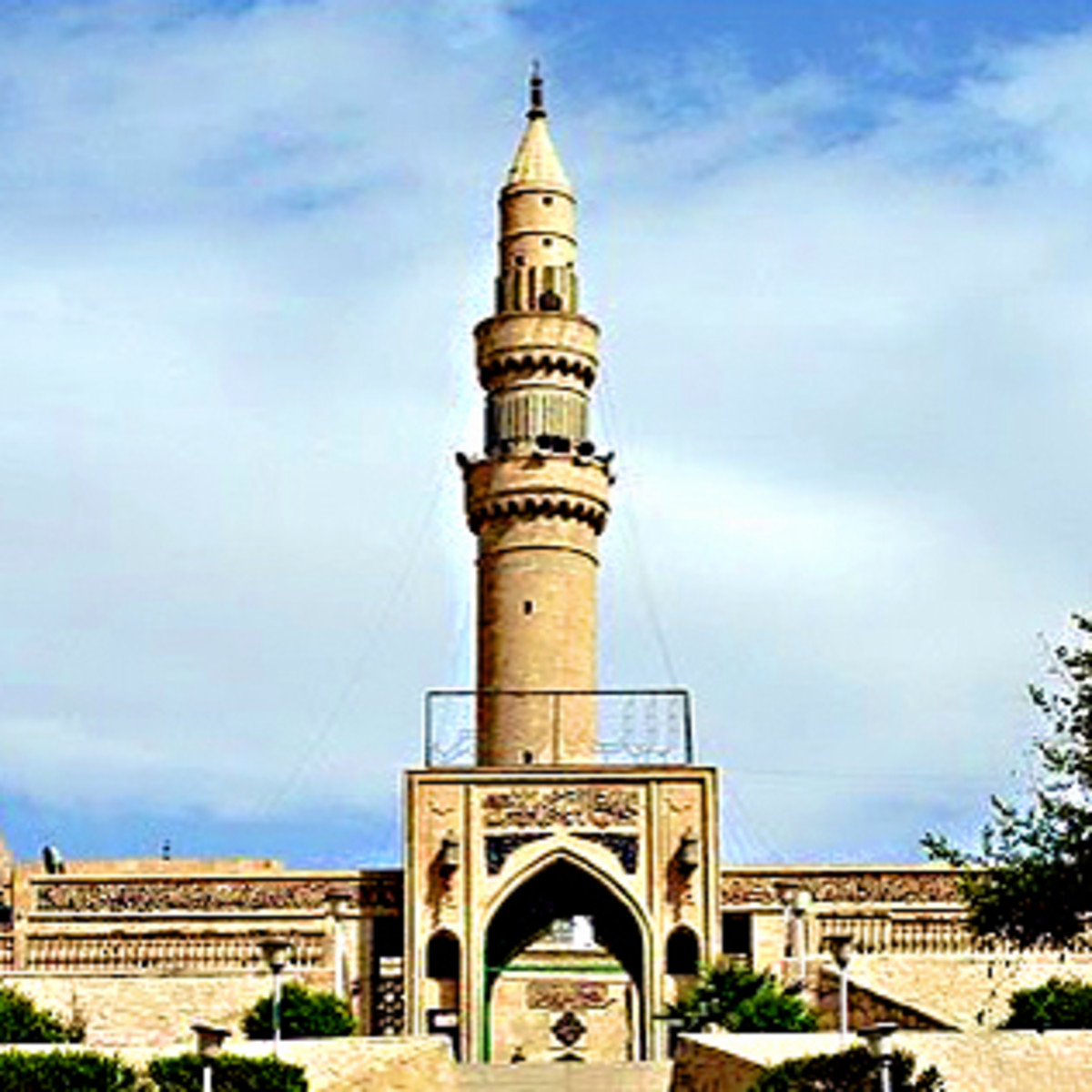- HubPages»
- Travel and Places»
- Visiting Asia»
- Southeastern Asia
Angkor Wat Temple In Cambodia – A Major Tourist Attraction
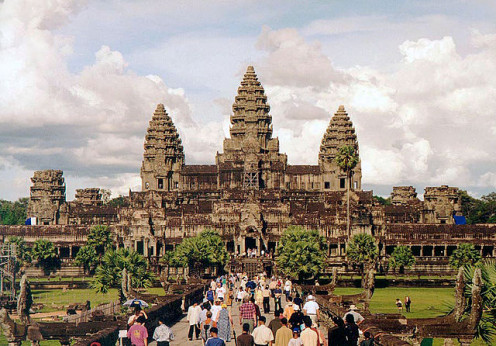
Map of Cambodia
Angkor Wat Temple Facts
In Cambodia, the city of Angkor was established in the ninth century and it was the capital of the Khmer Empire. The city’s area was stretched over 1000 square kilometers. The Khmer Empire was the rulers of Southeast Asia for nearly five centuries. The empire was collapsed in the latter part of 14th century. The main reason of the fall of this empire is believed to be the engagement in more war activities and prolonged droughts affected to land area in that period. The evidence of wide gap between the rains can be scientifically proved by studying the tree rings of that area.
Angkor Wat temple in Cambodia is the national pride of that country. It is in the Angkor archaeological sites in Cambodia. This Angkor Archaeological Park is full of the remains of the Khmer Empire, who ruled the land from 9th to 15th century. This vast area also stretched to the forested area of the country. Angkor Wat lies 5.5 kilometers north of the present Siem Ream town.
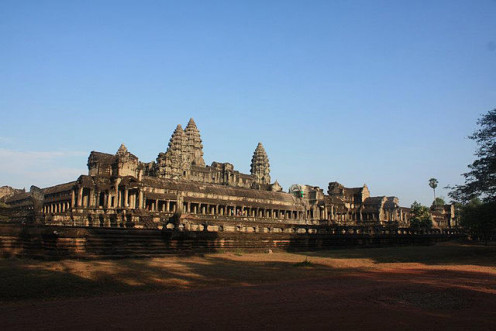
Angkor Wat Temple
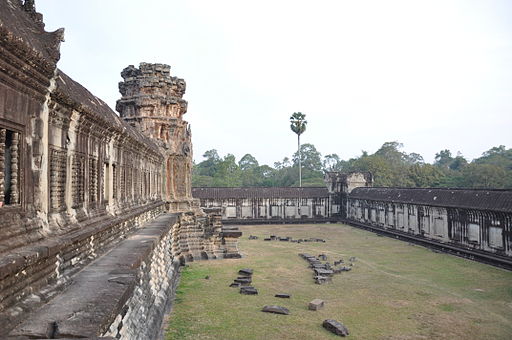
Angkor Wat is one of the largest religious monuments in our world. Angkor Wat was built by King Suryavarman II in the 12th century A.D. and was dedicated to the Hindu God ‘Vishnu’. The construction was believed to be completed in 30 years, but the temple was completed only after the death of the King. King Suryavarman II was a strong believer of the God ‘Vishnu’, so he built this temple to worship ‘Vishnu’, but in late 14th century, the temple was converted into a Buddhist temple.
Angkor Wat can be considered as a miniature reproduction of the universe in stone and it represents an earthly model of the cosmic world. This temple represents a symbolic representation of Hindu cosmology. The temple itself is symbolizing the mythic ‘Mountain Meru’ and its five rectangular walls and moats represent chains of mountains and the cosmic ocean.
Angkor Wat is located at 13024’45”N 103052’0’E and it is a representation of Mount Meru which is considered as the home of gods in Hindu mythology. Main entrance of this temple is in the west side, though many other Angkor temples are faced east. West is a direction associated with the Hindu god ‘Vishnu’, for whose worship the temple was originally built by the King Suryavarman II. Due to the dedication to the god ‘Vishnu’, this temple is oriented to the west, while many other Khmer temples have eastern orientation.
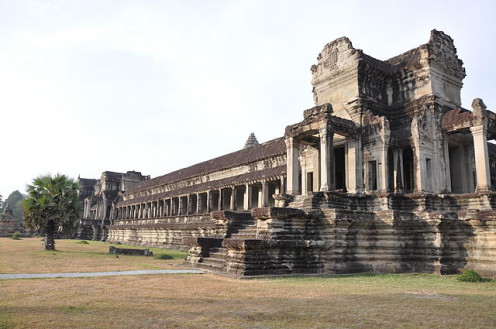
A Visit to Angkor Wat Temple
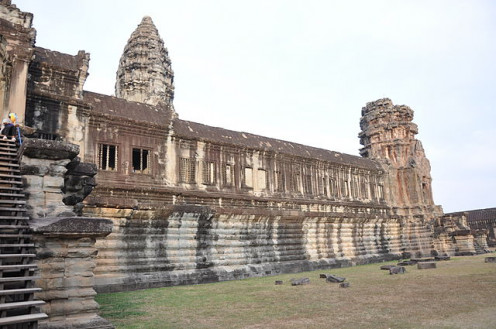
Angkor Wat Temple Architecture
The sandstone blocks used to build this mammoth structure, were brought from Kulen Hills (30 km north of this place) and may be transported through the river to the site. It is constructed based on the classical style Khmer architecture. The stones used for the construction were the polished marble and these blocks were held together by joints in some cases while in others, dovetails and gravity were used. In between the joints, mortar was not used, so joints are sometimes very hard to find out. The whole construction was believed to be completed in 30 to 40 years. This architecture has the influence of Kalinga architecture and often compared with the other great architecture styles of the world such as ancient Greece and Rome.
The temple was built on a terrace raised higher than the city. The outer wall enclosed an area of 820,000 square meters (more than 200 acres) and most of this area is forested land. In 1934, a conservator named George Trouve found a sacred foundation deposit of gold leaf, two meters above ground level. The inner walls of the outer gallery is filled with series of scenes based on the two Hindu epics the ‘Ramayana’ and the ‘Mahabharata’.
After the fall of Khmer Empire, the temple and the Angkor city was abandoned in 1432 and was forgotten for a few centuries. In this period wandering Buddhist monks were the only visitors of this temple. This temple and the city was became a legend and fairy tale, till French explorer Henri Mouhot brought Angkor Wat temple to the modern world’s attention in 1860.
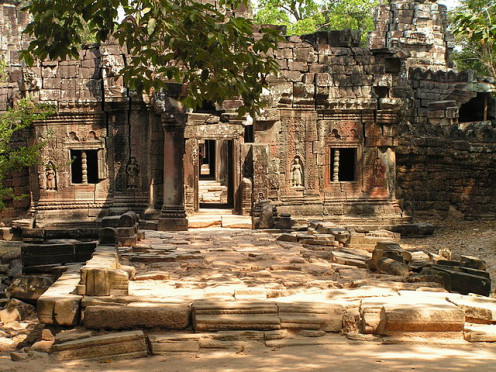
Angkor Wat Temple - An Exploration
Traveler’s Accounts About Angkor Wat Temple
Modern world came to know about the magnificence of this temple from the travelogues written by the travelers like Antonio da Madalena (a Portuguese Monk who visited Angkor Wat in 1586)) and Henri Mouhot. Henri Mouhot, a French naturalist and the main contributor to the present popularity of Angkor Wat temple.
Many scholars have believed that this temple’s construction was based on the solar and lunar time cycles. Eleanor Mannikka, a Professor of Indiana University, gave an elaborate account on this theory. She clearly pointed out that Angkor Wat is located at 13.41 degrees north in latitude and the axis of the tower’s chamber is 13.43 cubits long. She explains this as placement of ‘Vishnu’ along the axis of the earth. In her detailed studies, Prof. Mannikka explained nearly a dozen lunar alignments with Angkor Wat’s towers.
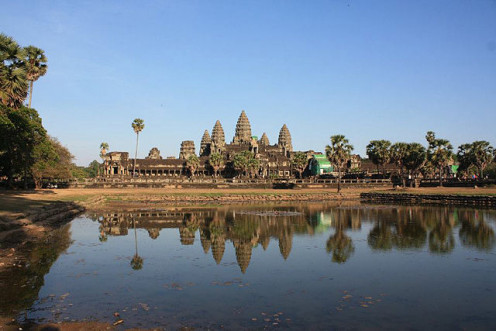
Test Your Knowledge
view quiz statistics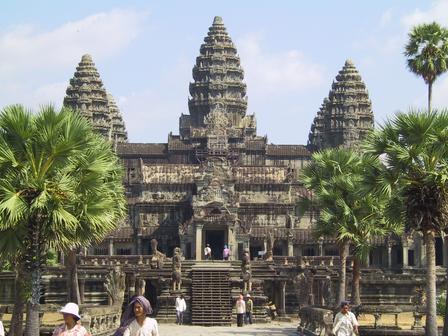
Preservation of Angkor Wat Temple In Cambodia
In the period between 1986 and 1992, the Archaeological Survey of India did some restoration work on the temple. Angkor Wat temple is the main tourist attraction of Cambodia. To protect this national heritage, now the temple is included in the World Heritage Site, established in 1992.
UNESCO and its International Coordinating Committee for the Safeguarding and Development of Historic Site of Angkor in co-operation with the Cambodian government, organized many seminars to promote ‘cultural tourism’ to preserve the local values and culture while boosting tourism.
Angkor is one of the largest archaeological sites in the world. Angkor Archeological Park is contains many medicinal plants, which is used in herbal based treatment methods. The successful conservation of this area is doing by APSARA National Authority (Authority for the protection of the site and the management of the Angkor Region) which was created in 1995.




